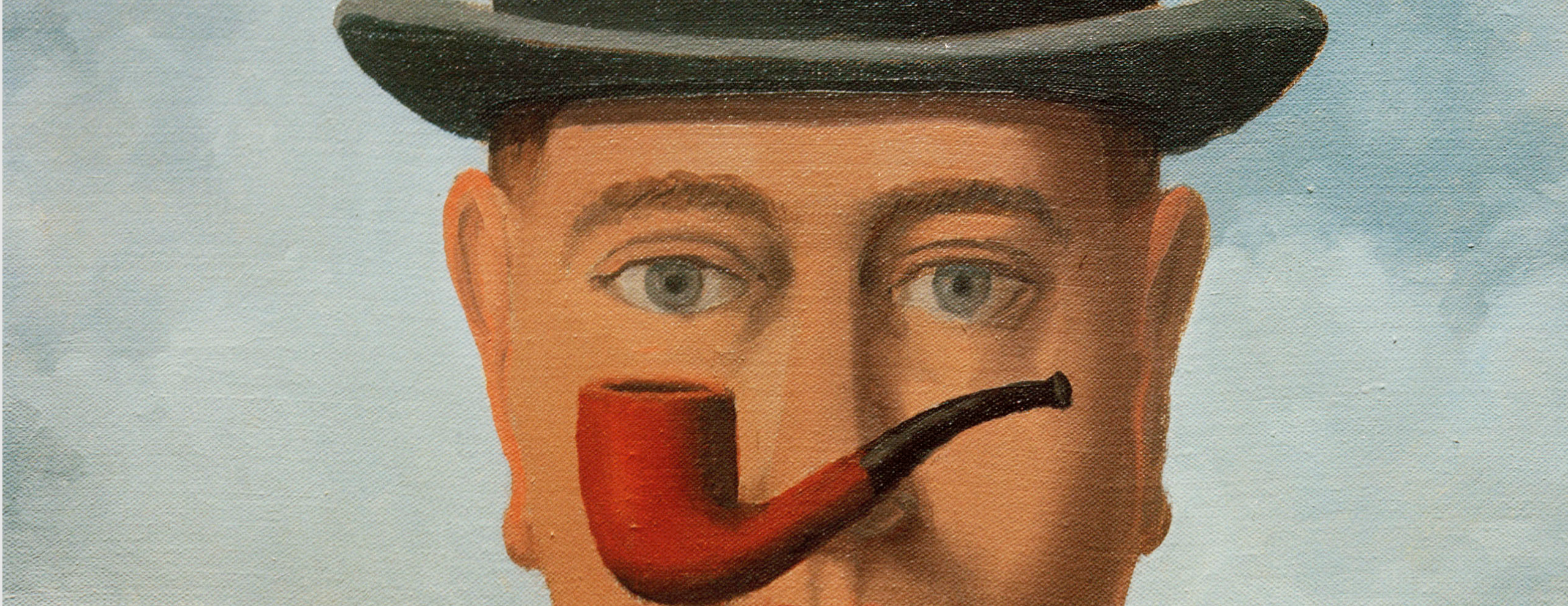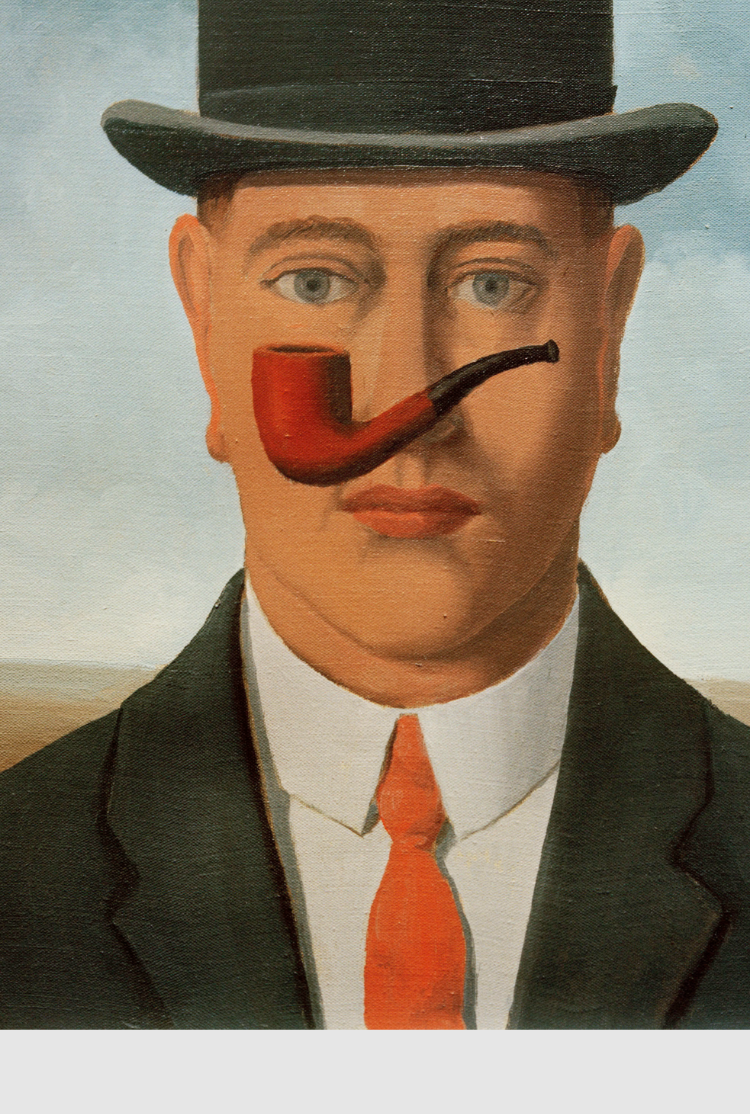‘Rebellious, complex, iconoclastic, collaborative, trailblazing’ – these are some of the adjectives Ruba Katrib, the curator behind Niki de Saint Phalle’s most substantial US exhibition to date – currently on view at MoMA PS1 – uses to describe the artist. Born in the suburbs of Paris in 1930 and raised in New York City, Saint Phalle carved out a place for herself in the male-dominated art world of the early 1960s. Raised to become a housewife, she instead chose art, producing an exhilarating oeuvre that champions women and challenges social norms.
Saint Phalle’s works – colorful, bright, and bold – are designed to take up space, from the halls of major museums toTarot Garden, her Tuscan sculpture park, which has been compared to the architecture of Antoni Gaudí. She is best known for her ‘Nanas’: huge representations of curvy women that call upon antique goddesses. One of the most famous ‘Nanas’, She – A Cathedral, which was shown at Moderna Museet in Stockholm in 1966, was a colossal female sculpture that museum visitors could enter via the vagina. The gesture was revolutionary and the experience so intense that Saint Phalle stated it could transform her viewers.
With over 200 pieces on display, ‘Niki de Saint Phalle: Structures for Life’ at MoMA PS1 offers a chance to revisit the artist’s legacy as a feminist and a radical, with an impact going far beyond the apparent playfulness of her figures. Her art ushers in a new vision of the world, one that – in her own words – takes joy ‘terribly seriously.’
Content produced by : Art Basel








